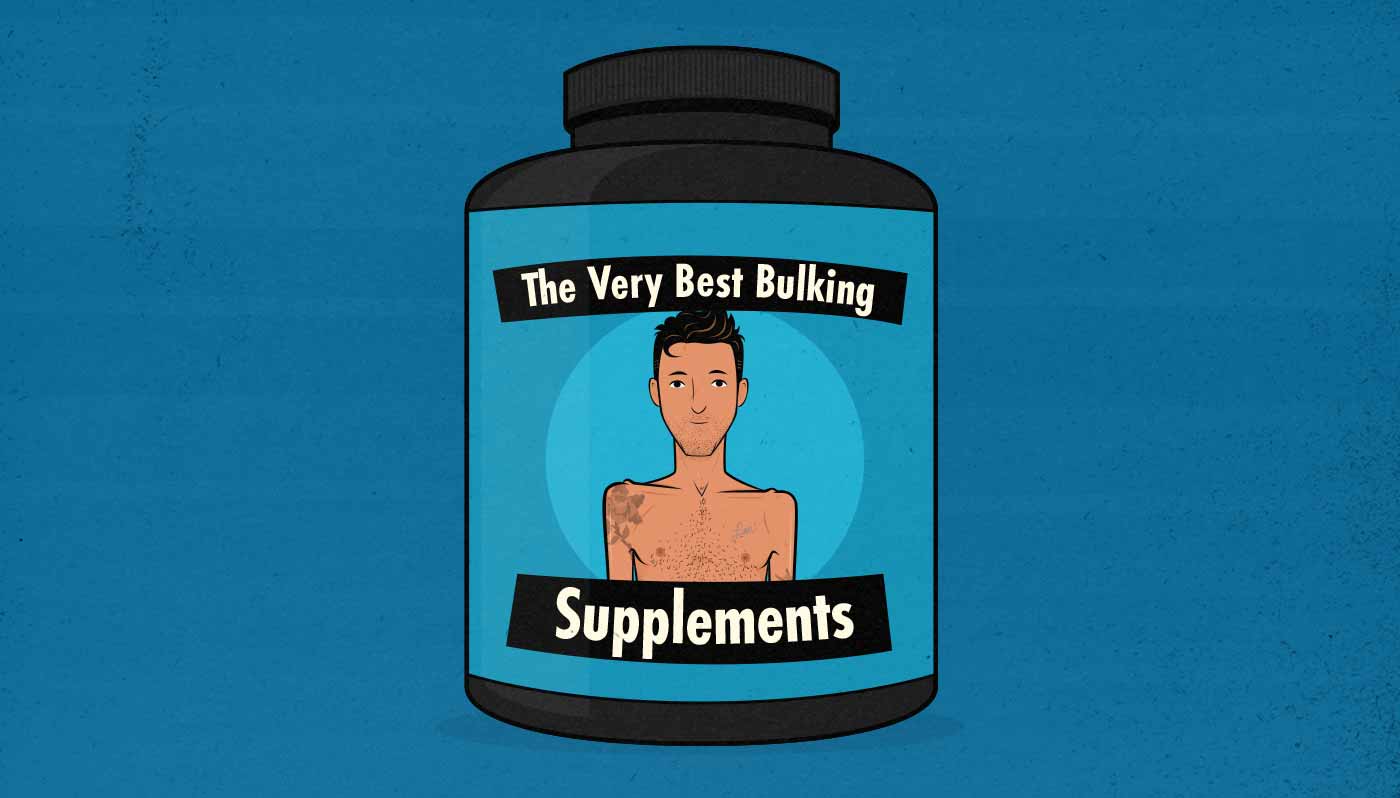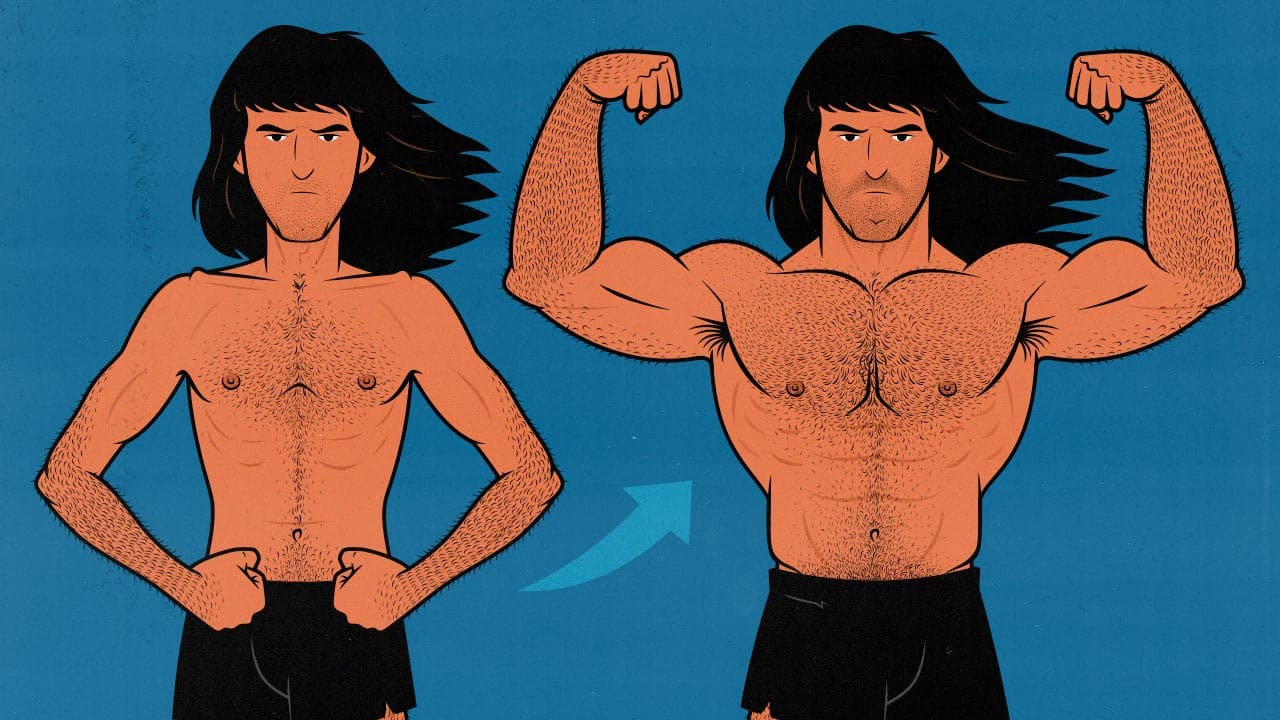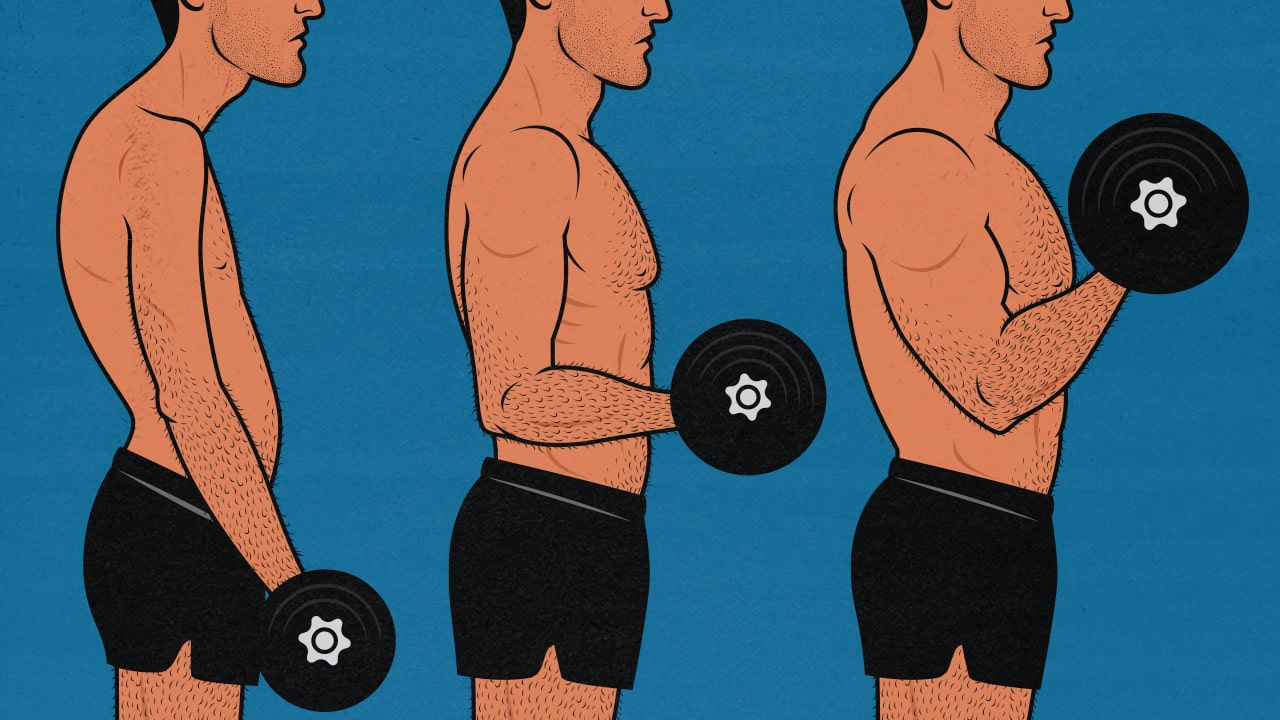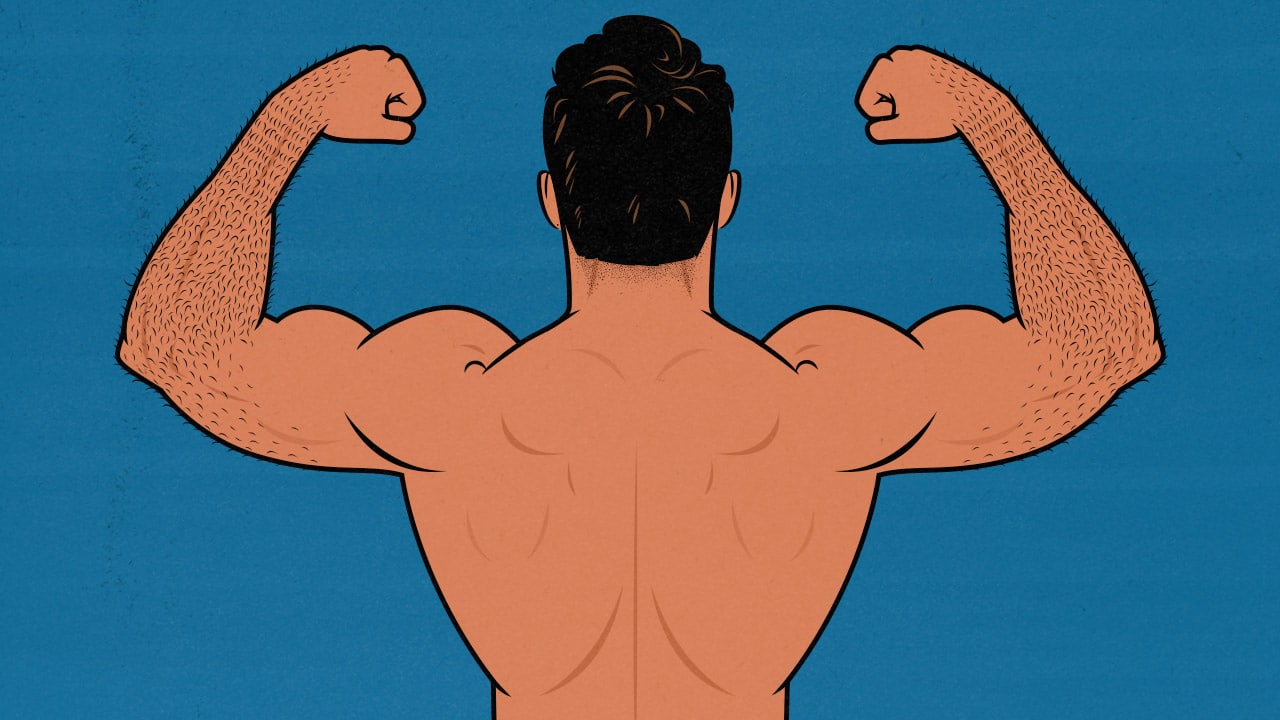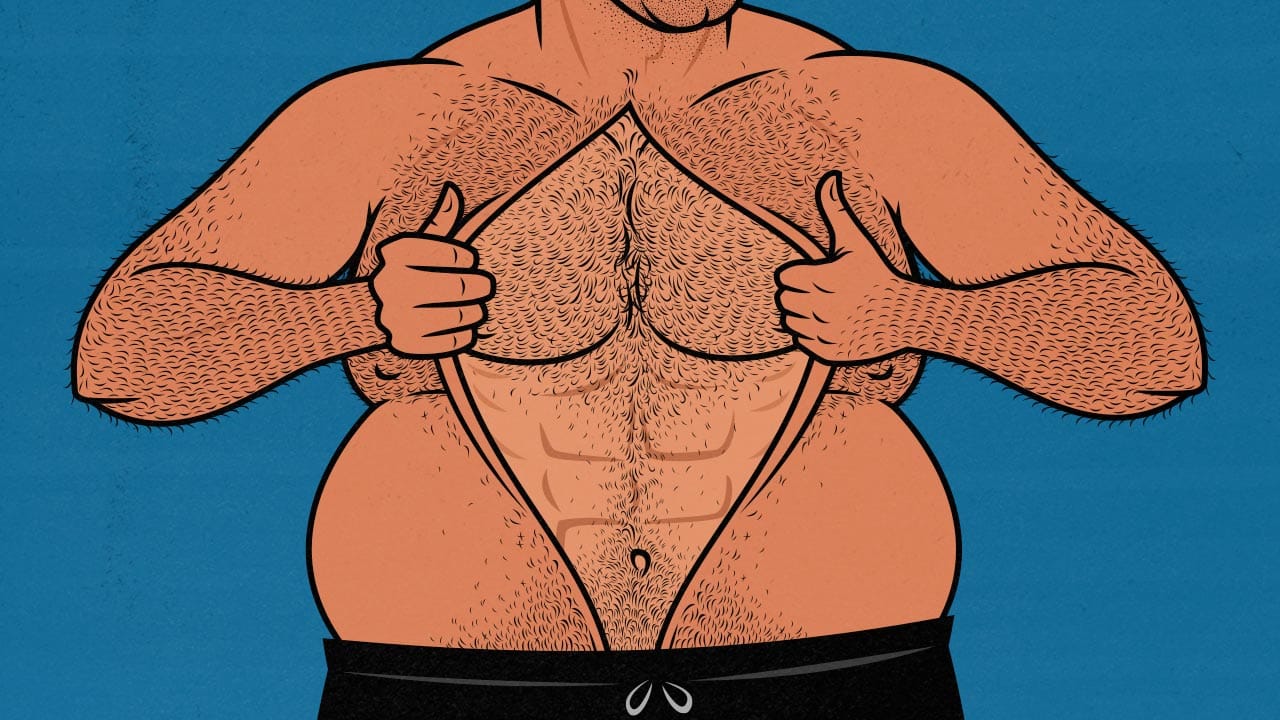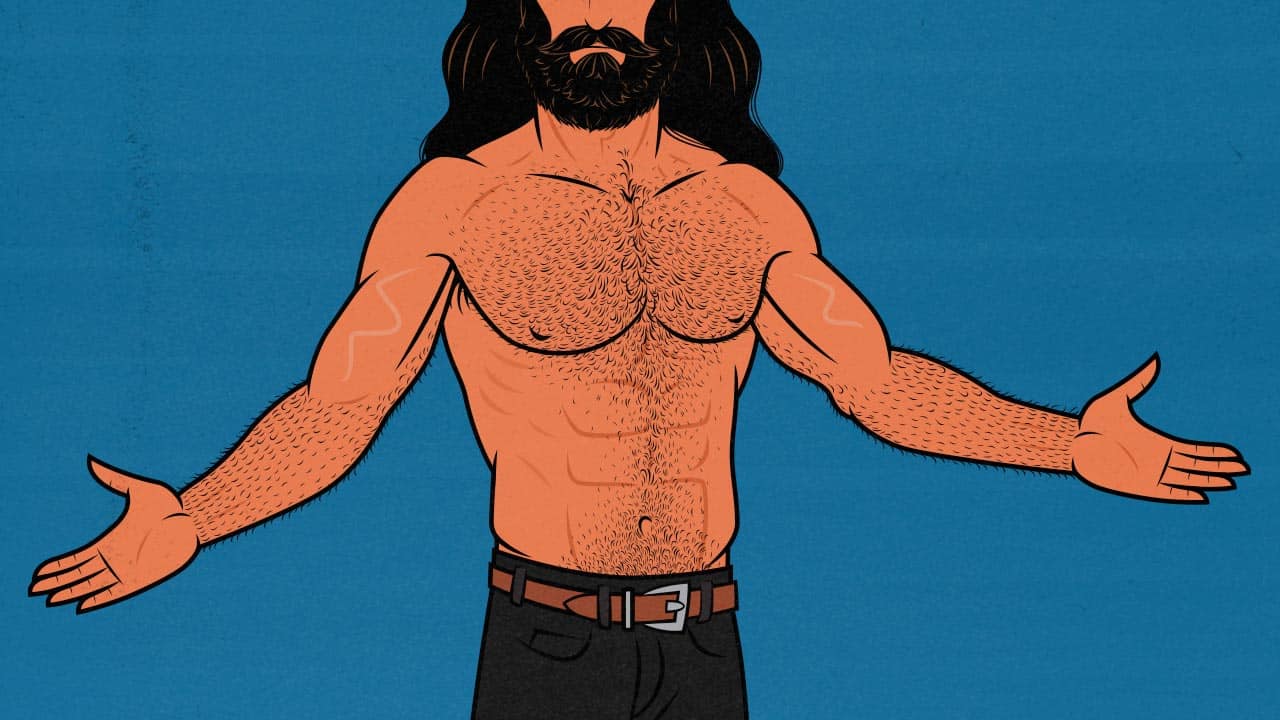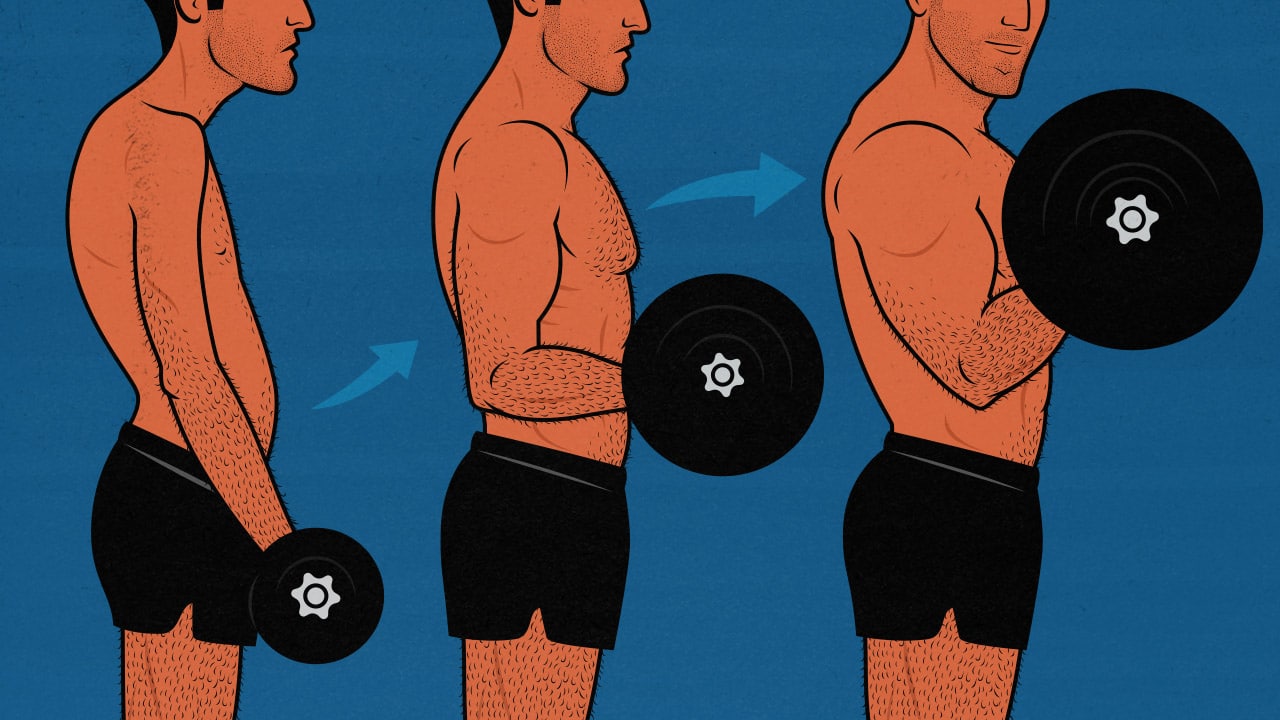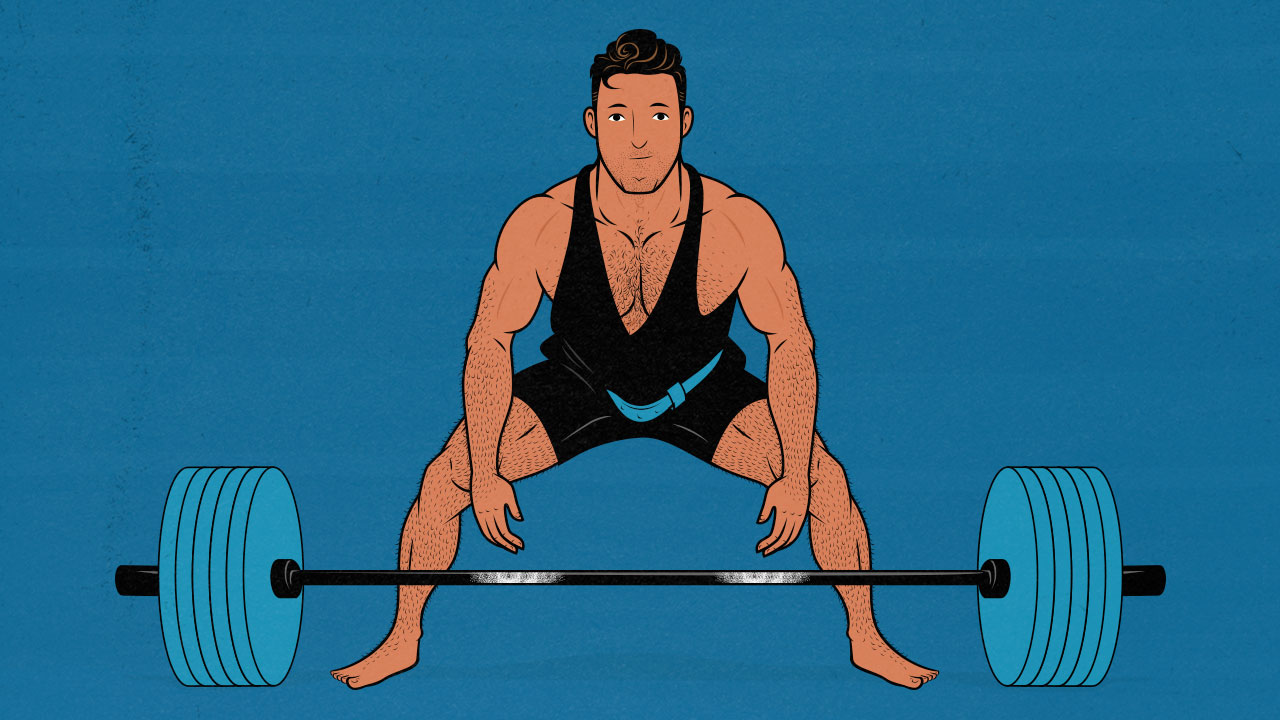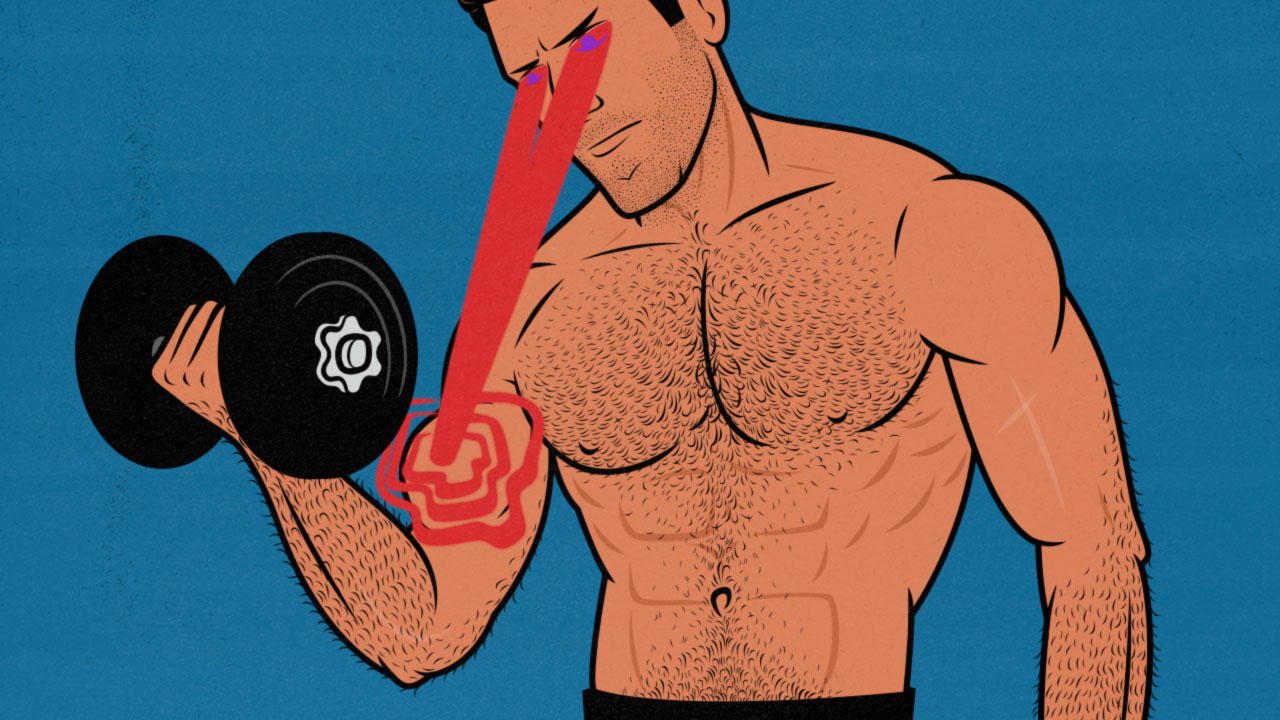Articles
The Best Bulking Supplements for Skinny Guys
Over 5,000 shares and 500 comments later, here’s our revised supplement guide for skinny guys trying to build muscle in time for last summer. We’ll cover supplements that speed up muscle growth, such as creatine. We’ll review supplements that help skinny guys bulk up, like mass gainers. We’ll talk about pre-workout supplements, too.
When talking about supplements, we use research, personal experience, and over a decade of full-time coaching experience. We’ve each gained seventy pounds (naturally). We’ve also helped over 10,000 skinny guys bulk up with our Bony to Beastly Bulking Program. Marco has a degree in Health Sciences, and he’s trained hundreds of clients, ranging from everyday desk workers all the way up to college, professional, and Olympic athletes.
We don’t sell supplements. There are no affiliate links.
Read MoreThe Skinny Beginner’s Guide to Bulking
In this guide, we’ll teach you how to bulk up, even if you’re a skinny beginner. This is the method we’ve used to help over 10,000 skinny guys build muscle, with clients ranging from deskworkers to Olympic athletes. It’s also the method Marco and I used to gain over 60 pounds each.
We kept this guide as simple and practical as possible. But bulking is what we do. We’ve written articles about every aspect of building muscle. You can follow the links as deep as you want. There’s no bottom.
Read MoreThe Full-Body Workout Guide for Beginners
If you’re a beginner, 3-day full-body workout routines are perfect for gaining muscle mass and strength. They’re also incredibly good for your health. Once you reach an intermediate level, they remain great, but a few more good options open up. Until then, full-body workouts are the best. There’s nothing better.
In this article, we’ll teach you everything you need to know about full-body workouts. Why they work, how to do them, and how to make them. We’ll also give you a sample workout routine you can follow or build from. It’s designed to get you bigger, stronger, healthier, and better looking. Feel free to customize it as much as you want. We’ll show you how.
Let’s delve deeper.
Delve DeeperHow to Train All Your Back Muscles
Building a bigger back isn’t as simple as it first seems. Our backs are made up of layers of overlapping muscles, all of which can work together, but many of which have different functions. Even within the same back muscle, different regions respond better to different exercise variations. For example, your upper lats have a slightly different function from your lower lats.
You’ll often year that you can train your entire back by combining vertical pulls (like chin-ups) with horizontal pulls (like rows). There’s some truth to that, but it’s not the full story. You also need to consider whether you’re tucking or flaring your elbows, and whether you’re stretching and contracting your shoulder blades.
And then there are your spinal erectors, which are often trained along with your other back muscles, but not always, and they aren’t always brought close enough to failure to grow. If you want a thick back, you need bigger spinal erectors.
Here’s how to build a bigger back.
Delve DeeperThe Cutting Guide: How to Burn Fat While Building A Bit of Muscle
Cutting is when you burn fat while keeping your muscle. You may even be able to gain a bit of muscle while cutting, especially if you’re overweight, out of shape, or new to lifting weights.
- Bulking: eating excess energy to gain weight and facilitate muscle growth.
- Cutting: eating in an energy deficit to lose weight and facilitate fat loss.
Whether you’re bulking or cutting, the goal is to be strong, muscular, lean, and healthy. That means you need to focus on hypertrophy training, eating a good diet, getting enough sleep, being active, and living a healthy lifestyle. That will mitigate muscle loss, keep your bones and tendons strong, mobilize “stubborn” fat, and keep you healthy.
What sets cutting apart from bulking is that your primary goal is to lose fat. The best way to lose fat is to eat less energy than you’re burning, forcing your body to burn body fat to supply the missing energy. This is called a calorie deficit. Eating fewer calories is the easiest way to get into a calorie deficit, but you can also create a deficit by being active.
Let’s dive into the details.
Read MoreHollywood Bulking Transformations ARE Realistic for Skinny Guys
There are a ton of articles talking about how Hollywood body transformations are unrealistic. There’s some truth in that. Most guys are overweight. For them, even just dieting down to a healthy body-fat percentage can be surprisingly difficult.
Most Hollywood transformations are coming at it from the other side, though. From the naturally skinny side. From our side. These actors aren’t losing a dramatic amount of fat, they’re building an impressive amount of muscle, and they’re doing it suspiciously fast.
Many of us can do that, too.
Let’s dive into it.
Dive InShould Skinny Guys Get Strong to Get Big?
A bigger muscle is a stronger muscle. If you want to get big, you’ve got to get strong. That was the main bulking dogma when I was first trying to bulk up, but I didn’t understand it properly, and my results left me feeling confused. Everyone was preaching some variation of:
- The best way to build a bigger chest is to build a bigger bench press.
- Nobody who does chin-ups with two plates around their waist has skinny arms.
- If you get strong at the compound lifts, you’ll be big.
But if any of that is true, what’s going on with massive bodybuilders being outlifted by much smaller powerlifters? Why do some guys with a three-plate bench press barely look like they lift? How is that tall, skinny guy deadlifting 500 pounds?
Is getting stronger really the best way to build muscle?
How do you become big and strong?
Read MoreHow Long Should You Rest Between Sets to Build Muscle?
Rest times are often brushed aside. You’ll hear that they matter, sure, but that they aren’t one of the more important factors—that they’ll only have a negligible impact on your muscle growth. That’s not necessarily true.
If we look at the research, using proper rest times can double your muscle growth or, if you do it the wrong way around, cut your muscle growth in half.
But it’s not quite as simple as long or short rest times being better for building muscle. Thankfully, there’s more than one way to unskinny a cat.
Let’s dive into it.
Read MoreDoes the Mind-Muscle Connection Actually Increase Muscle Growth?
Most bodybuilders absolutely swear by the mind-muscle connection. They slow their reps down, really focusing on squeezing the target muscle, feeling it do the work. The idea is that the better their connection with the muscle is, the better they’ll be able to engage their muscle fibers, and so the more muscle growth they’ll be able to stimulate.
On the other hand, most people who train for strength and power couldn’t care less about the mind-muscle connection. Even when they’re trying to bulk up, they lift explosively to maximize performance. To them, tension doesn’t come from the mind, it comes from the weight on the bar and how fast they can move it.
The argument for the mind-muscle connection is anecdotal. It comes from bodybuilding culture. But if we look at all the biggest and strongest people in the world, the anecdotes and recommendations really go both ways. That makes things tricky. Should we listen to the bodybuilders or the strength athletes? Both?
Fortunately, there are two studies that help shed some light on the situation.
Read MoreLifting With Momentum is Good, Actually
Lifting with momentum has a bad reputation, especially among bodybuilders. The concern is that if you lift explosively, or if you cheat, or heave, or swing, then you’ll make some parts of the lift too easy on the muscles you’re trying to train. I disagree with that idea, but there is a small grain of truth there. Sometimes.
What’s rarely mentioned, though, is how if you use momentum wisely, it can help you gain more strength, athleticism, and even muscle mass.
Read More
